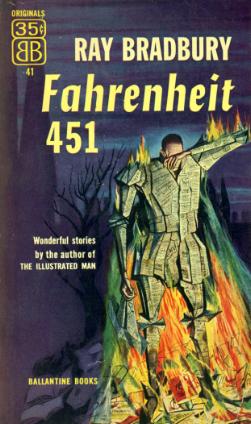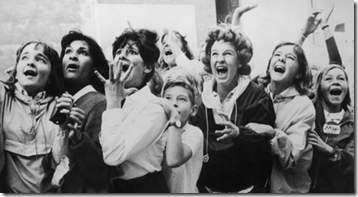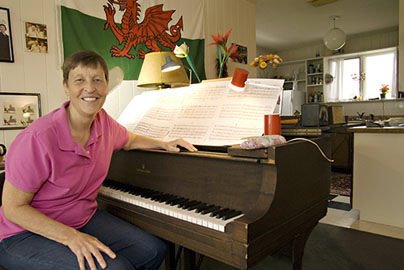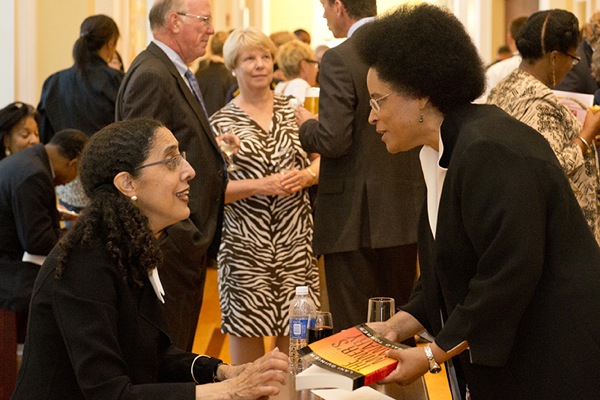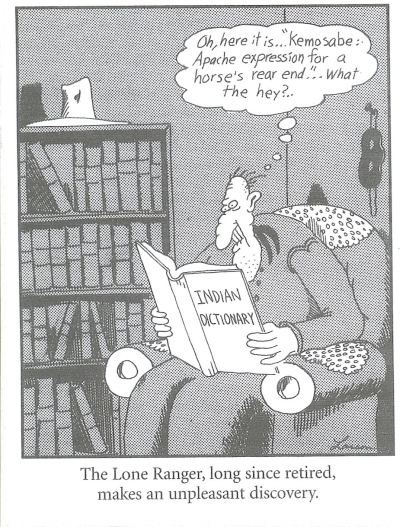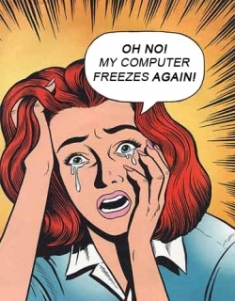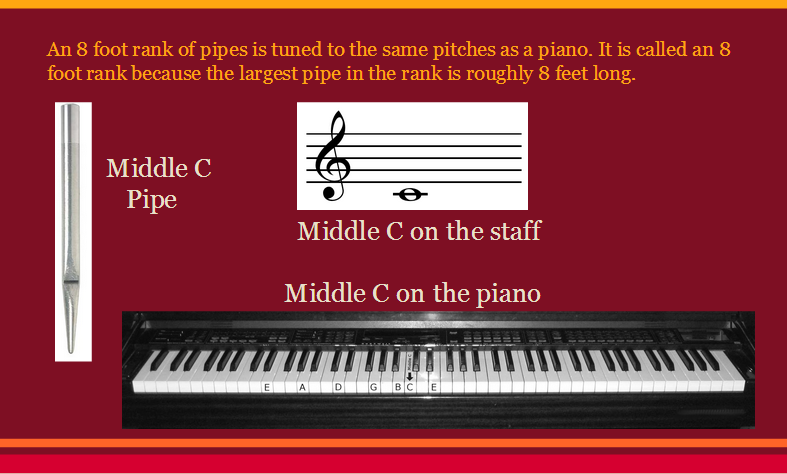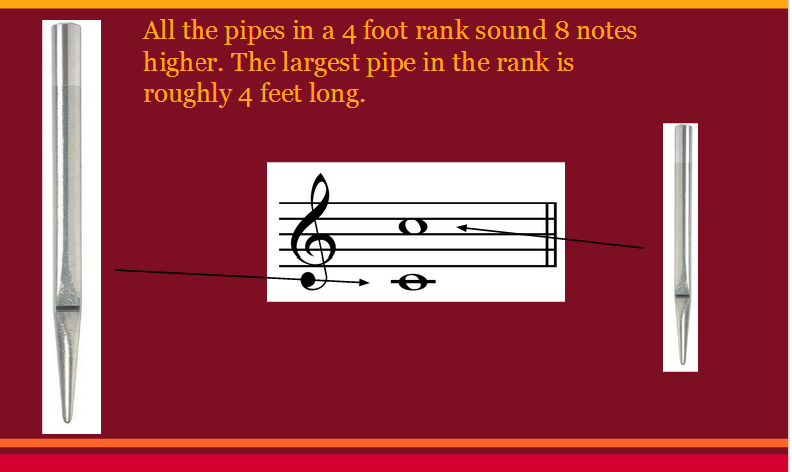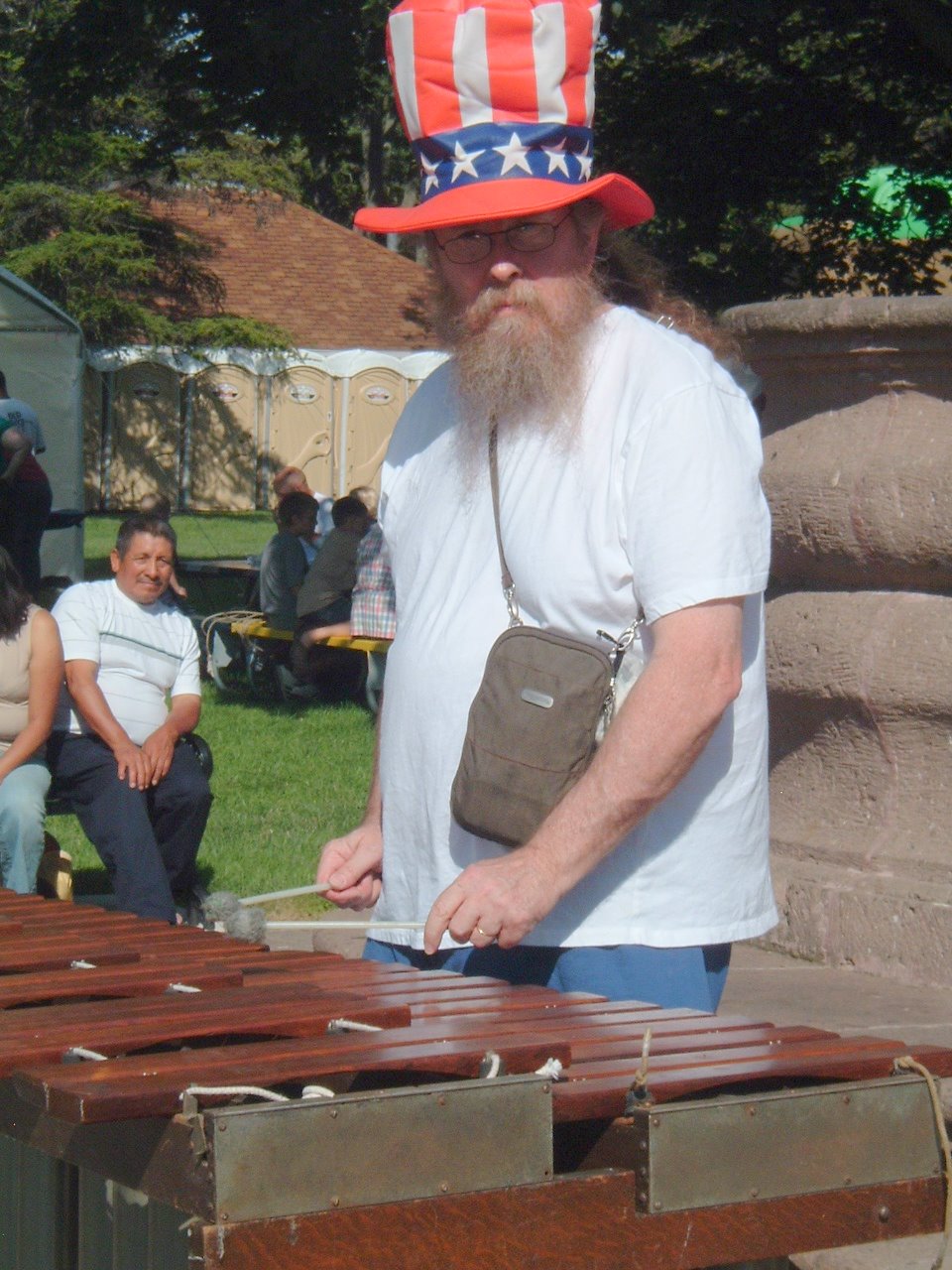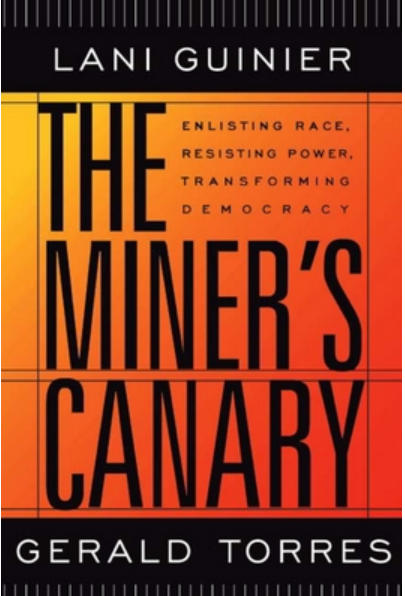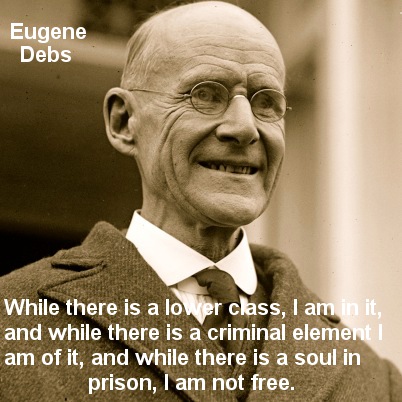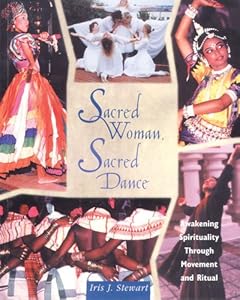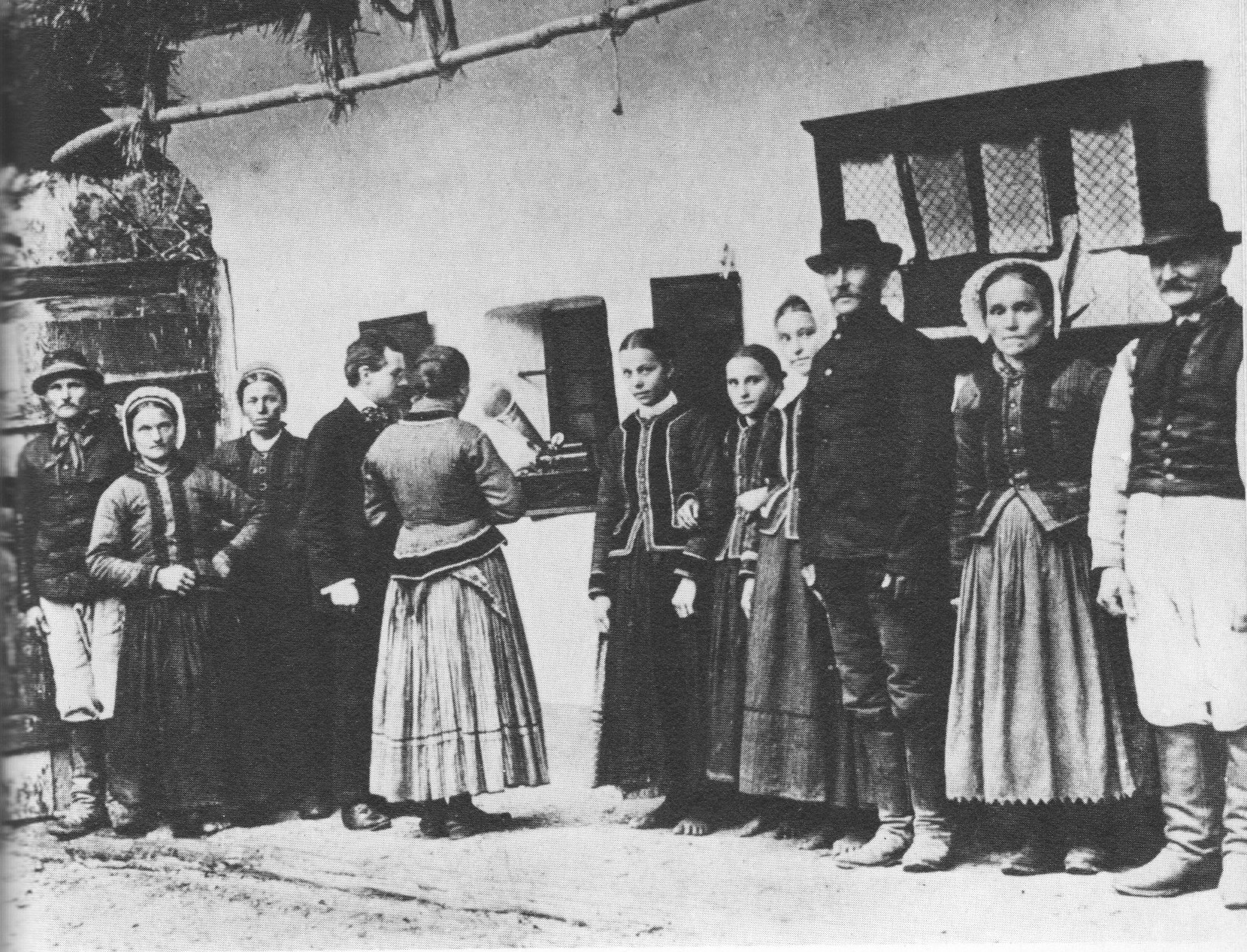
Eileen is walking on air these days. She is loving weaving. It’s a pleasure to see her so happy. She tells me that I do not take a day off. Ever. It’s helpful to have her around to make these kinds of observations. Yesterday was supposed to be a day off for me, but I still managed to do a ton of stuff. At the end of day I was tired but relaxed. I know that most days I will want to practice and exercise, but I will be giving Eileen’s comment some more thought.
My play version of Fahrenheit 451 by Bradbury came in the mail yesterday. A cursory examination reveals so far that it was the basis for the play Eileen and I saw recently. Still processing this. I am coming to think that it’s not that great a play. It’s a much better book than play. But what I’m curious about is Bradbury’s evolving ideas from 1952 when he wrote the novel to 1976 when he wrote the play. Also how these ideas play when I think of the reading and studying I have done about the impact of tech on our culture.
I scanned a couple pages of my program from the recent Latry concert for your dining and dancing pleasure.
It really was a surprisingly enjoyable concert for me. Rhonda asked me to write it up for the local AGO newsletter.
The Holland AGO chapter was well represented at a recent concert by Olivier Latry, titular organist of Notre Dame Cathedral in Paris. Several of our members drove down to South Bend to hear Latry perform an unusual program on Paul Fritts’ Opus 24 organ (35 stops) at the Debartolo Performing Arts Center.
Latry carefully chose and juxtaposed pieces to create a unique sense of a concert with an overall aesthetic intention beginning with György Ligeti’s “Harmonies.” This ethereal piece is reminiscent in sound and texture to the choral piece, “Atmospheres,” Ligeti’s famous contribution to soundtrack of the movie, “2001: A Space Odyssey.”
Especially intriguing was the interleaving of four Orgelbüchlein chorales with Preludes by the contemporary composer, Jean-Pierre Leguay. Latry obviously had in mind pitch and melodic connections between Bach’s pieces and Leguay’s.
Other pieces on the program included “Pièce d’orgue” BWV 572 by Bach, Evocation I by Thierry Escaich, Fantaisie sur “Von Gott will ich nicht lassen” by Bert Matter and a Passacaille by Georg Muffat.
At the end of the hour, Latry was handed a theme to improvise on which turned out to be the Notre Dame Fight Song. He gamely came up with a brilliant and humorous take on it.
This saves me from blathering here about it only to add that all of the pieces in the program seemed to connect to each other in context. Very cool idea.
I continue to struggle with Bortslap’s ideas in his book, The Classical Revolution. Last night I was talking to Eileen and I told her that I continue to feel eccentric in my approach to music. It’s like Bortslap’s three categorizations of music and musicians all are moving away from me. The three categories are dang “sound artists” (probably the closest one to me), strictly trained classical musicians who prefer historical music and his nemesis, those musicians who think they are making music with their avant-garde stuff but are really not. This last category is really lumped into “sonic” or “sound” art with all popular musics, jazz and other supposedly non-academic music.

When I factor in the way I experience people’s reaction (or non-reaction) to so much of the music I myself have played over the years, I see myself as blissfully isolated in my passion and not exactly fitting in anywhere.

But as Eileen says I’ve always been a bit of a non-conformist.


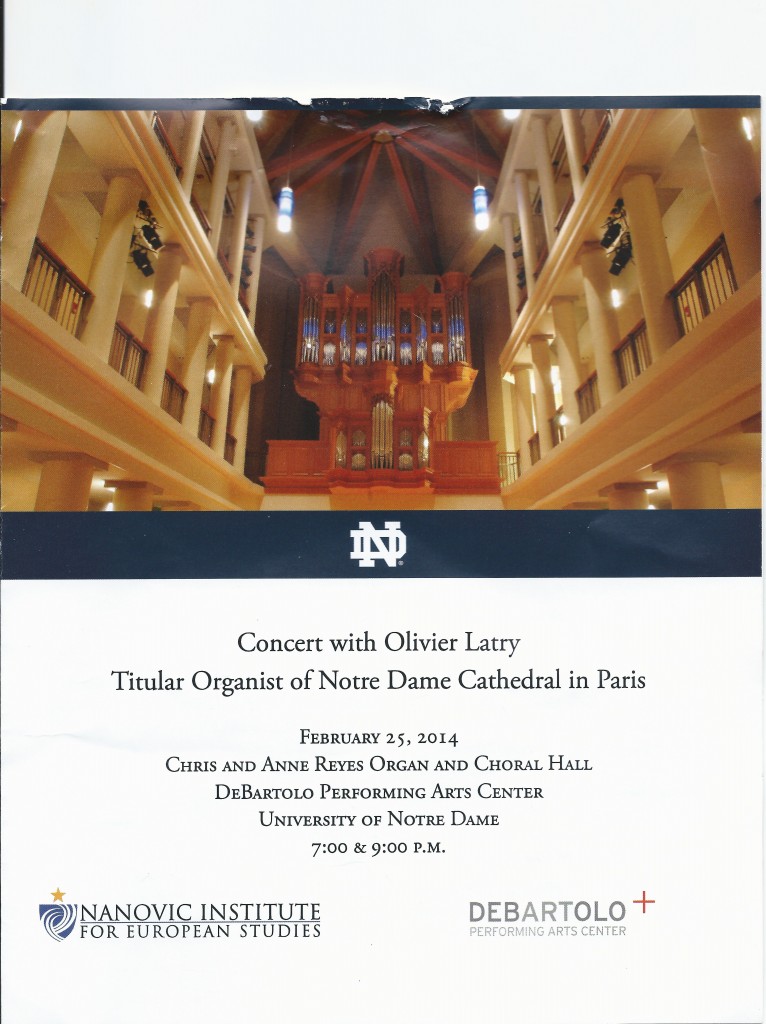
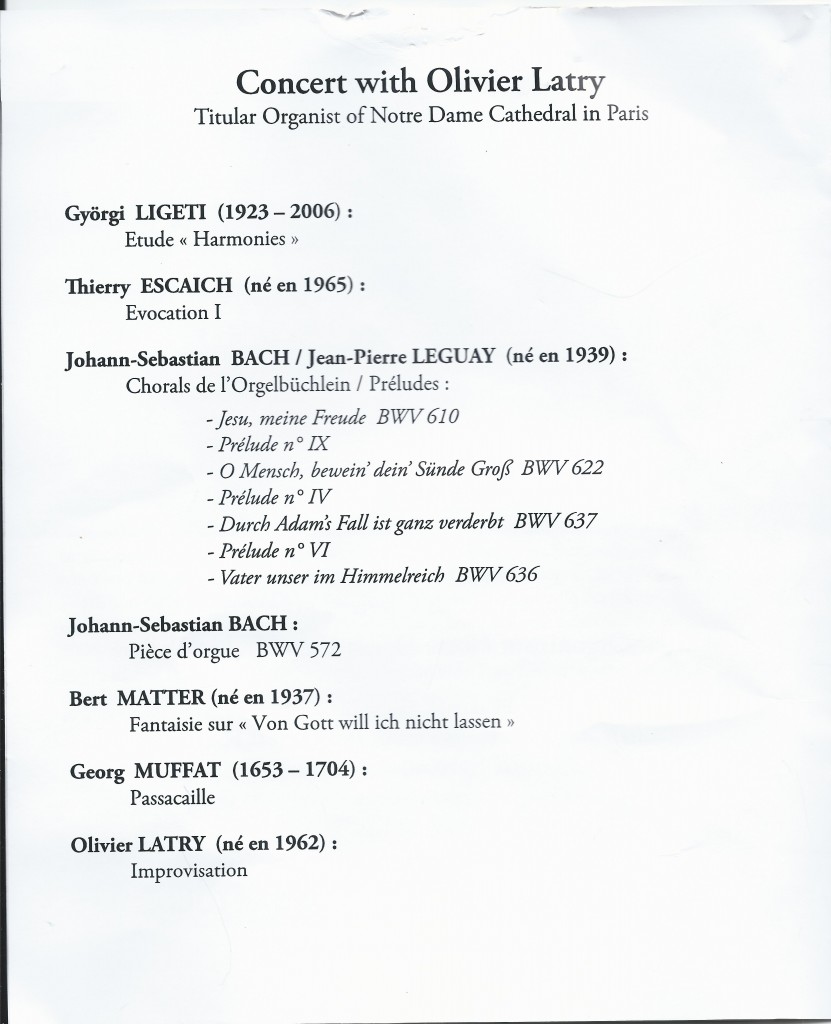
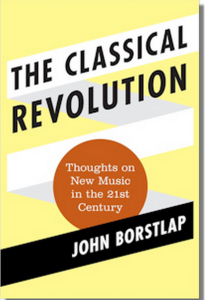

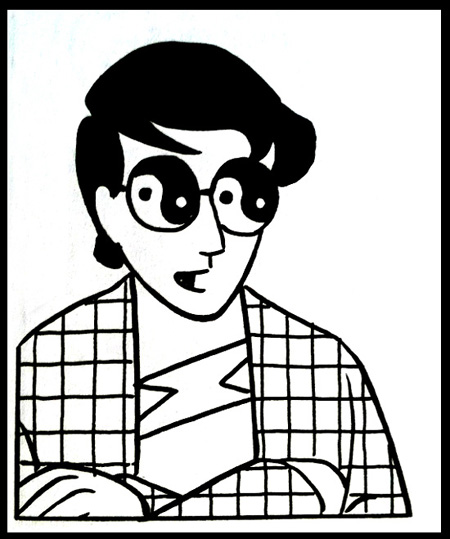



















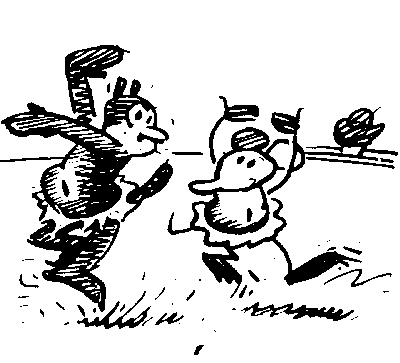







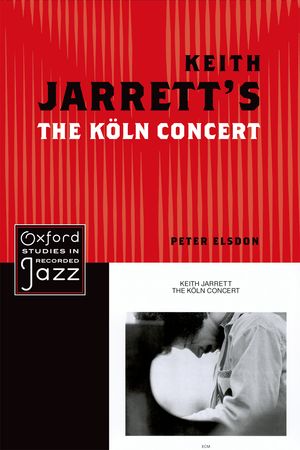

 In the previous year he released the Köln concert recordings. In this he improvises for over an hour. I find this music equally astonishing.
In the previous year he released the Köln concert recordings. In this he improvises for over an hour. I find this music equally astonishing.
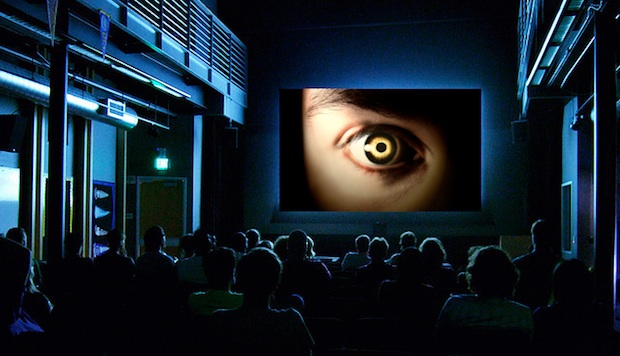









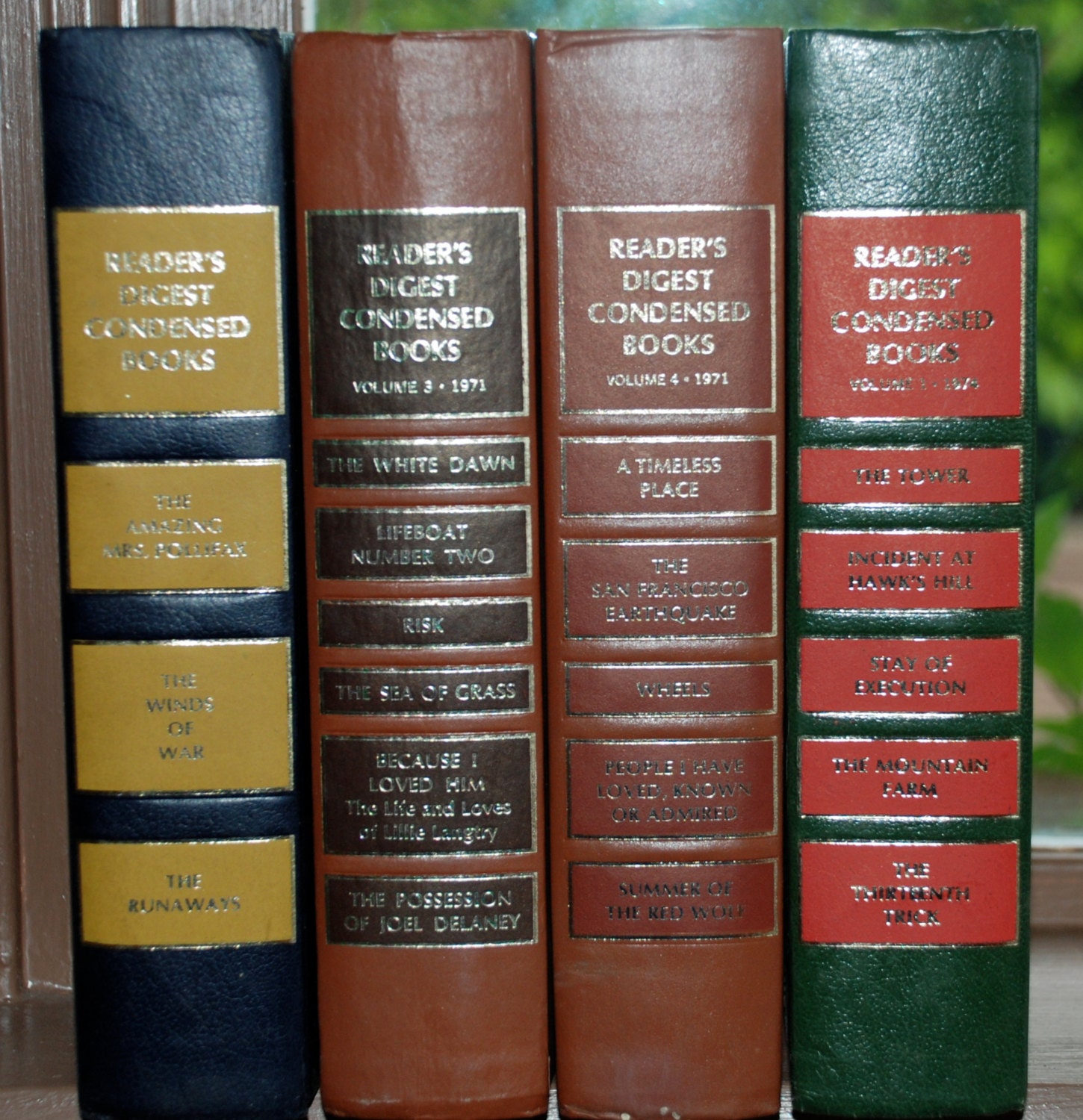



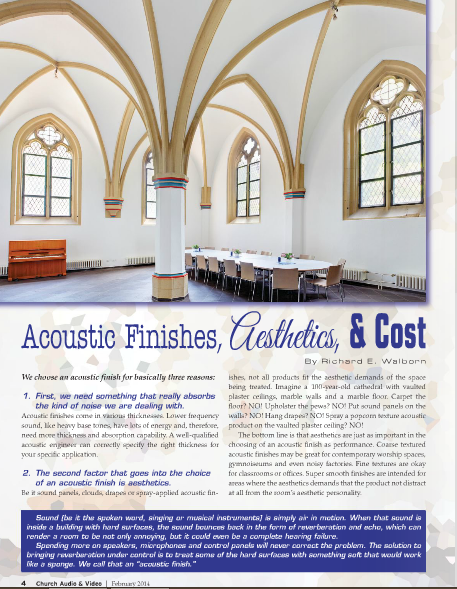
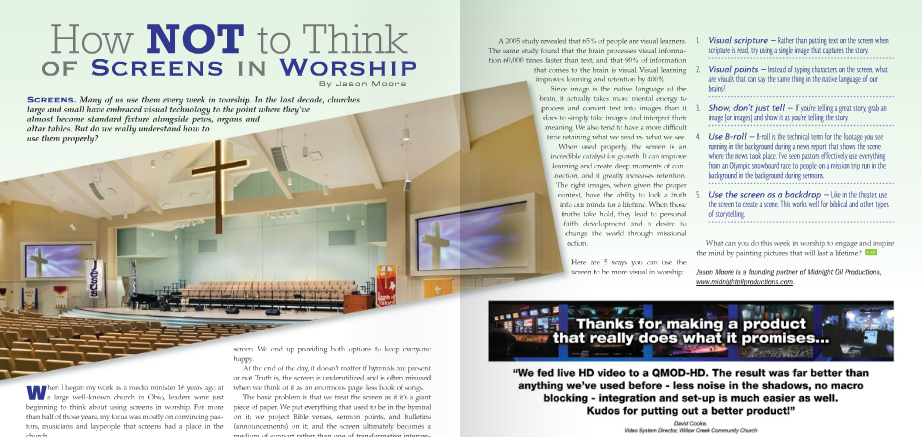




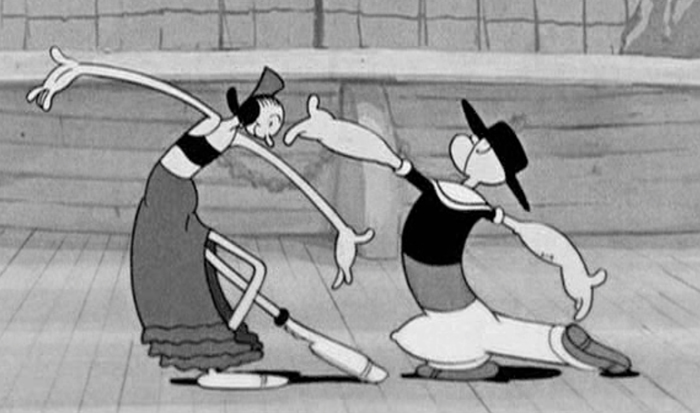




 .
.